Características del Producto
| Peso | 121 kg |
|---|---|
| Dimensiones | 225 × 101 × 43 cm |
| Conexión | 220 V |
| Conexin | 220 V |
| Velocidad Máxima | 1.5 – 18km/h |
| Inclinación | 0 – 15% |
| Pantalla LED | Tiempo, Velocidad, Distancia, Calorías, Ritmo Cardiaco, Body Fat |
| Altavoces / Audio | MP3 |
| Programas | 9 Pre-Establecidos. |
| Peso Máximo de Usuario | 145 kg |
| Medidas | Largo 196cms, Ancho 82,5cms, alto 138cm |
| Motor AC | 2,5 HP. |


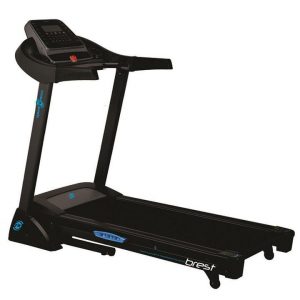
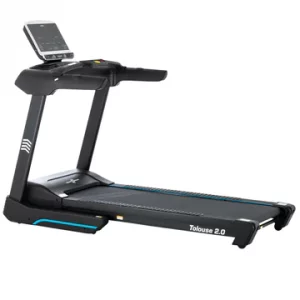
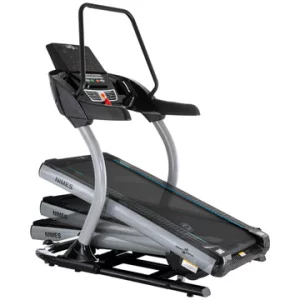
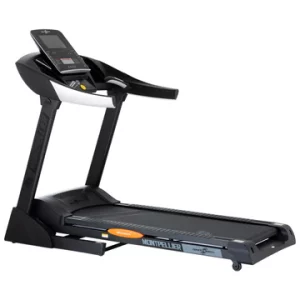
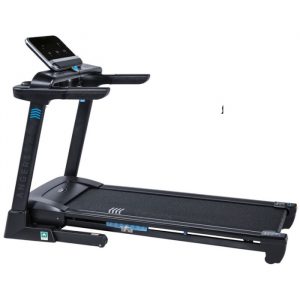
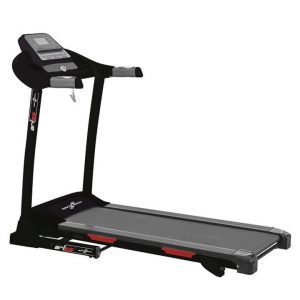
Calificación
No hay Calificación aún.